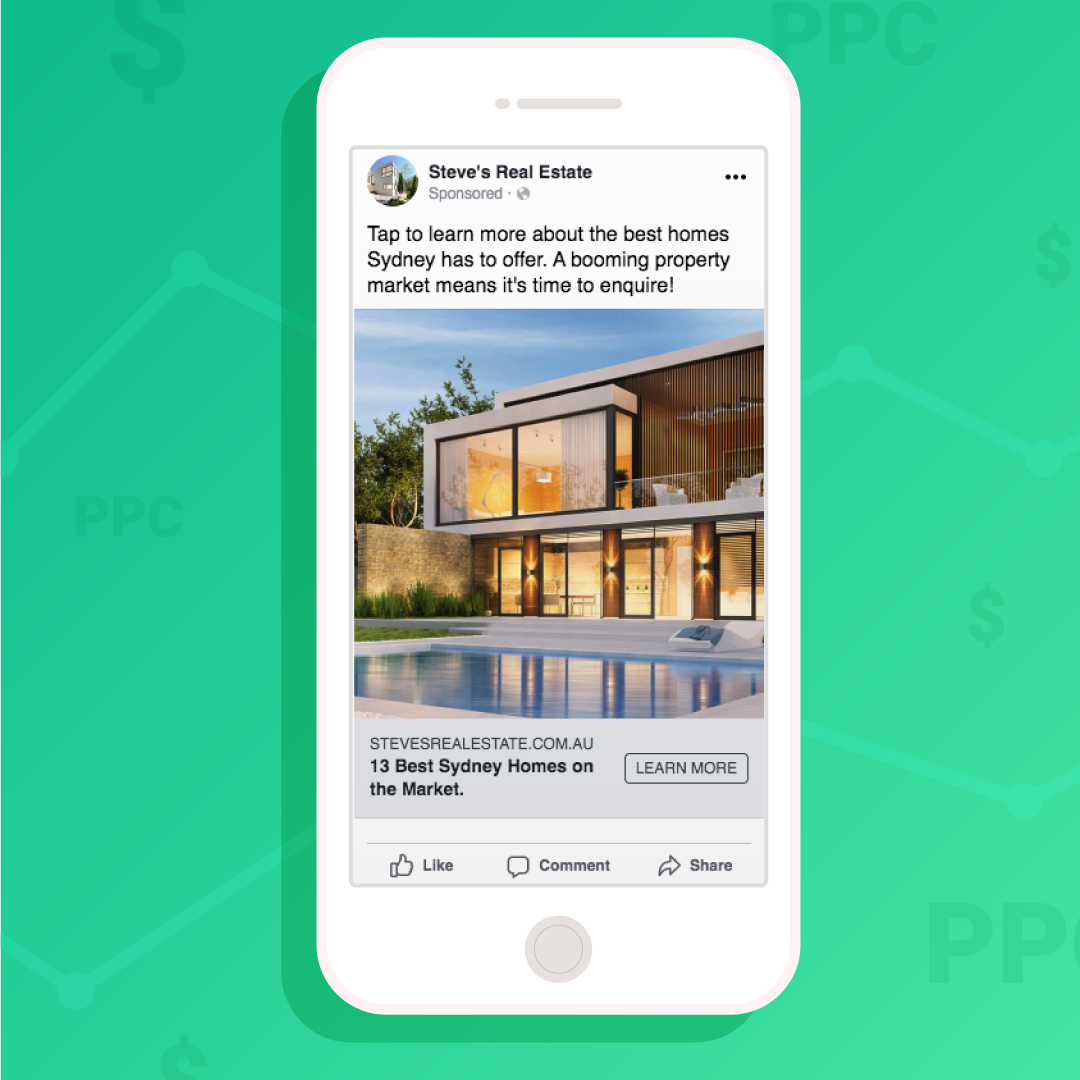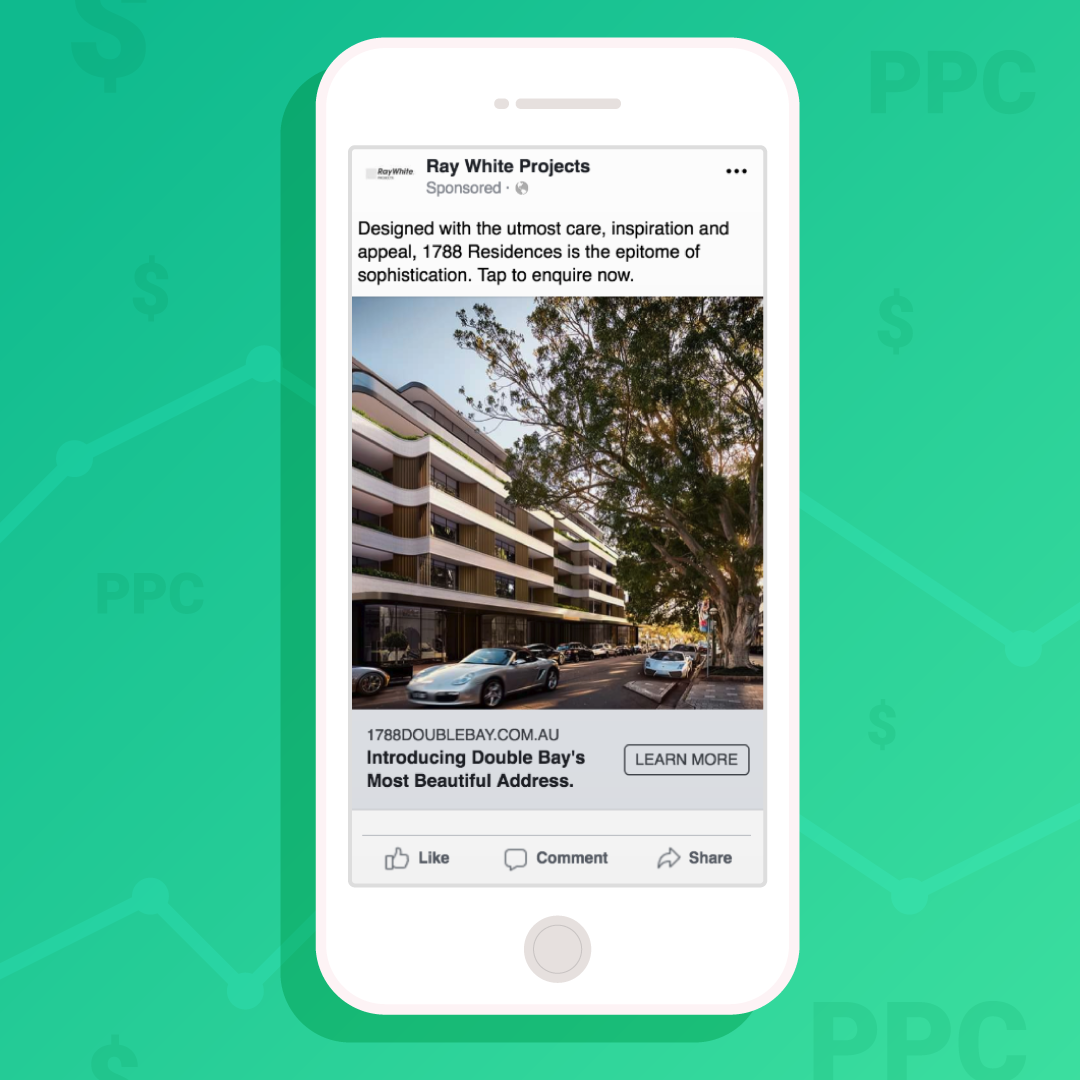ROAS: The Best Metric To Track Your Social Media Advertising
Return On Ad Spend is a great way to measure your social media advertising success. Read our latest guide on why this is the best metric to track.
Social has historically been notorious for a lack of measurable ROI.
Reporting on vanity metrics, high focus on awareness, lax reporting standards, biased attribution models haven’t helped with this perception.
The truth is social is incredibly valuable in the consumer journey. It’s fantastic at top of the funnel activity, but also phenomenal at driving conversions - when set up correctly.
But how do we know that our ads are generating cost efficient results?
If you track the correct metrics, it’s surprisingly easy to determine the exact value your ad spend is generating - but which one?
CPC? Cost per Landing Page View? Cost per Subscription?
Performance experts prefer to use ROAS or Return On Ad Spend for their optimisation.
But before we delve into the beauty of this metric, we need to check your business objectives.
What are your business objectives?
If you’re considering putting money behind your social media content, you probably have something in mind that you are trying to achieve.
Revenue targets, KPIs from the higher ups, subscriptions to your EDM list, views on your cat video - there’s always a reason.
What’s important is to ensure that reason is in line with your actual business objectives. What value do you get out of someone watching your cat struggle to fit into a cardboard box?
Aside from some parental pride, realistically, probably not much.
Perhaps if the box fell over after a couple of seconds to reveal your company logo?
Ta-da! Brand Awareness with a side of confused kitty.
What’s important is that you’re only spending money on ads that will bring you value - and to maximise that value.
In the information age, that’s trackable!
ROAS
Most organisations want to (and need to) make revenue.
When you buy ads you’re making an investment for your brand and eventually expect that to contribute to your revenue.
In social media we track this as ROAS or Return On Ad Spend.
This is, put simply, for every dollar you spend on ads, how much do you get back?
So a ROAS of 10 would mean for every $1 you spent on the ad you received $10 back as revenue.
For an e-commerce brand this is incredibly simple to use. You have ads setup to drive traffic to your website where they can buy products. A user clicks on the ad, adds a shirt and a pair of fresh Nike’s to their cart and checks out, they spent $163.50.
It cost you $15 of traffic advertising for that one sale, therefore the ROAS is 10.9. Not bad!

Why do we track ROAS over other metrics?
Often marketers track metrics like Cost per Link Click (CPC) when measuring performance.
ROAS is lower down the marketing funnel and is therefore more meaningful and accurate to monitor.
For example, if I have two ads (Image of a Cat & Image of a Box) with a CPC of $0.42 and $0.67 respectively, this would indicate that the image of a cat is performing better. This might lead you to run more Cat ads.
In this case, that would be the incorrect move as the image of a cat had a ROAS of 3 while the Box had an ROAS of 21.
How is this possible?
How is this possible?
Well users clicking on the cat may expect to be buying cat related goods. When they land on your page selling a delivery service, they bounce!
Meanwhile, the smaller number of users who clicked on the box ad are met with a landing page that matches their expectations. They are more likely to convert, resulting in more sales.
This means that while there was more traffic from the cat ad, the traffic from the box ad was of a much higher quality.
Let’s have a look at an example!

The fictional Steve’s Real Estate is running the above ad and is driving phenomenal traffic.
In fact he has a CPC of just $0.14 - incredible!
Unfortunately for Steve, very few users are submitting their details on the website as a lead.
You would expect this ad to arrive on a blog article showing pictures of the most amazing homes.
Steve’s objective is to drive leads so crafts a landing page with this in mind.
This disconnect spooks his readers, who read a little before going back to the safety of Facebook.

In contrast, the Ray White Projects ad is designed to qualify traffic.
While the copy still drives intrigue, it doesn’t promise anything that won’t be contained on the landing page.
The ad doesn’t drive as much traffic as Steve’s, but they are more qualified which leads to more leads and more viewings.
This is why you should always be tracking the metric furthest down the funnel that you can accurately collect. For social, ROAS is the best option.
When should I use other metrics?
While you should always be tracking your ROAS, the other metrics do have value.
For example, a low CPC can show that there was significant interest in the product, but a much higher cost per landing page view would indicate that the website is loading too slow.
It’s important to look at the steps through the consumer journey for places you can improve but you should always optimise to what provides actual value
Lifetime Value
You may or may not have heard of lifetime value (LTV) but it’s simply how much revenue you will receive on average from each user at that stage of your funnel.
This is different to a one-time purchase and is important to consider when utilising ROAS.
For example, if someone sign ups to your subscription service they may, on average, stay subscribed for 8 months and generate $468.
Or
They could sign up to your email list. You know users on your email list on average make 4 purchases of $30 before unsubscribing. Therefore your LTV at this stage of the funnel would be $120.
Little bit of maths, but a whole lot of information.
This is important as you can devise how much revenue value a specific action is worth. Take the above example of the email list, we know that a subscription to the list is worth $120 to your business over their ‘lifetime’. This means we can then calculate the ROAS on this action.
So if it costs us $3 per sign up, this is a ROAS of 40!
The catch here is that value isn’t immediately delivered to the business and there are additional costs in running the EDM list that needs to be taken into account.
All ROAS scores are not worth the same!
Profit Margins
Another factor that affects the value of ROAS is your profit margins.
A ROAS of 10 is great, but if your profit margin is only 10% it’s all dead revenue.
Before you embark on a campaign, you should develop a target ROAS that you need to achieve.
Unfortunately if your ROAS is 1, you’re getting your ad spend back but you aren’t covering the cost of the product.
You’re also not covering your overhead costs.
If you have low volume of sales, your ROAS needs to be a lot higher.
But, if you have a high frequency of sales, you can get by on a low ROAS.
But, if you have a high frequency of sales, you can get by on a low ROAS.
What is a good ROAS?
ROAS is highly contextual.
If you have low margins and long sales cycles it needs to be really high!
If you are an e-commerce brand with high margins you can get away with single digit ROAS results.
It depends on your business, your industry and what works well for you.
Regardless, you should always be looking to optimise to improve your ROAS. No ad campaign is ever perfect and there is always room to optimise.
Don’t get caught up in the middle of the funnel on engagements, page likes and other vanity metrics - focus on making meaningful changes to your ads that affect the bottom line.
The be all and end all.
So you’re off to go change all your dashboards to a big ROAS widget?
While ROAS is incredibly important, top of the funnel activity isn’t fairly tracked by this metric.
If you’re running awareness campaigns you will struggle to accurately report the correct of each element of your campaign ROAS.
We generally recommend tracking measurable and meaningful events along a consumer's journey to purchase as this indicates the value of that element.
We generally recommend tracking measurable and meaningful events along a consumer's journey to purchase as this indicates the value of that element.
For awareness, this usually means Estimated Ad Recall Lift or Video Views.
It is important that you consider this as building an audience, don’t get carried away and spend all of your budget chasing these metrics.
This is of course dependent on how mature your business is, if you’re fresh on the scene then you should spend most of your budget on awareness.
Once you have gathered an audience, you can then commit to your new favourite metric - ROAS!







